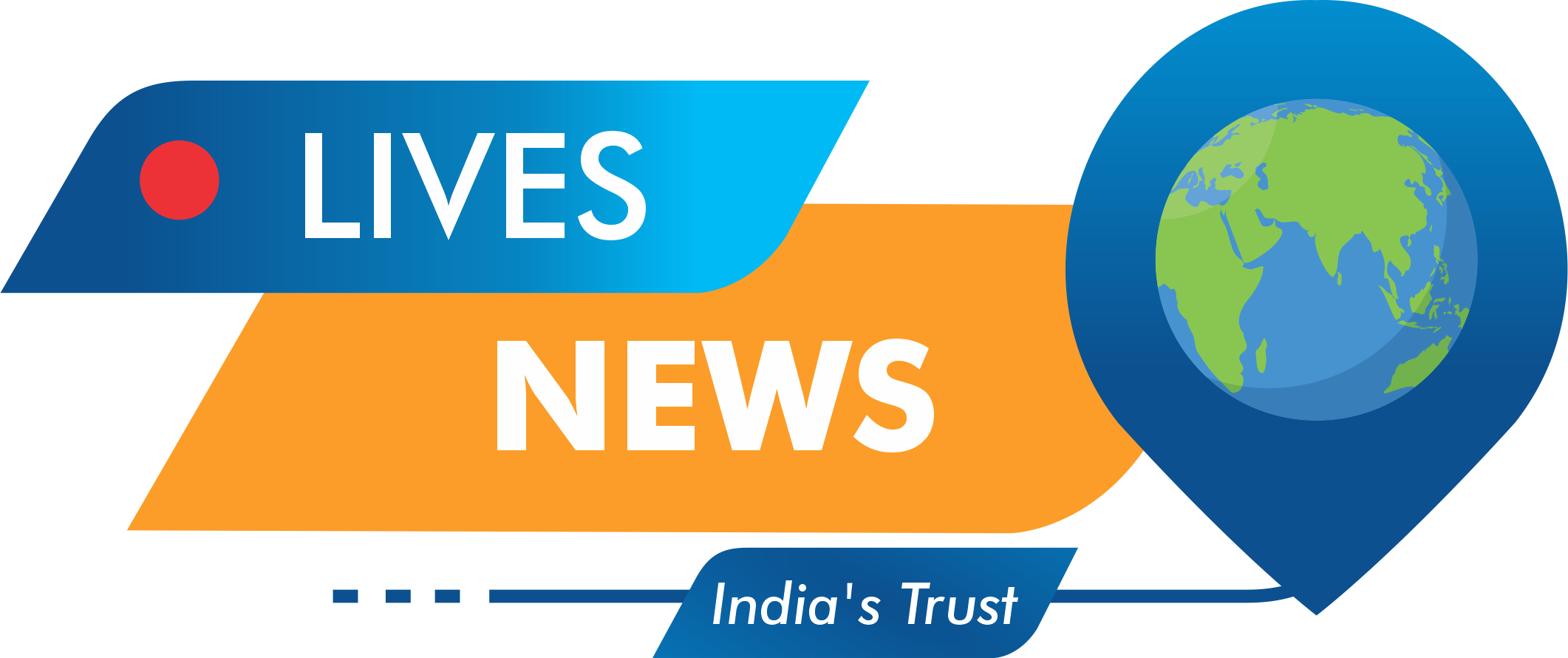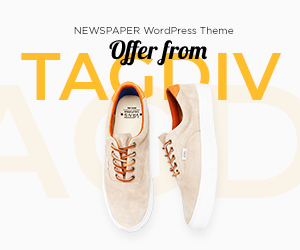The world of AI art is evolving rapidly, and with the launch of ChatGPT-4o’s image generation feature, creative possibilities are expanding like never before. While many are enamoured by the Studio Ghibli-inspired artwork, a closer look reveals a treasure trove of other artistic styles waiting to be explored. With the ability to turn any image into a masterpiece, users can now experiment with a variety of styles that stretch beyond the familiar animated world of Ghibli.
OpenAI’s latest AI model opens up a world of artistic transformations, enabling users to explore everything from sleek cyberpunk cities to timeless baroque oil paintings. Here are 10 unique art styles you can try with ChatGPT-4o to transform any real-world image into something extraordinary.
Also read: Create free Studio Ghibli-style AI images for Eid: Step-by-step guide
1. Cyberpunk Neon
This futuristic style fuses high-tech elements with dystopian settings. Neon lights, towering skyscrapers, and a gritty atmosphere reminiscent of Blade Runner 2049 and Cyberpunk 2077 dominate the visuals, perfect for anyone craving a glimpse into a tech-heavy future.
2. Baroque Oil Painting
Channelling the work of European masters like Rembrandt and Caravaggio, the Baroque oil painting style brings dramatic lighting, deep shadows, and textured brushstrokes to the forefront. It’s ideal for creating images with a regal and timeless feel.
Also read: 5 Free AI tools to transform your photos into Ghibli-style masterpieces in seconds
3. Pixel Art
Nostalgia takes centre stage with pixel art, transforming modern images into blocky, low-resolution visuals that evoke the charm of 8-bit and 16-bit games. This style is a favourite for creating retro-themed designs, game assets, and digital collectables.
4. Pixar-Inspired Animation
Soft, rounded edges, bright colours, and expressive characters define this style, reminiscent of Pixar’s animation. With lively figures and vibrant backdrops, this style captures the essence of animated films like Toy Story and Inside Out.
Also read: How to turn your photos into Ghibli-style art with ChatGPT for free: Step-by-step guide
5. Cartoon Style
From traditional hand-drawn animation to modern digital cartoons, this style brings a playful energy to any image. Whether it’s the exaggerated features of Looney Tunes or the minimalist look of Adventure Time, AI can recreate any animated world.
6. Gothic Noir
For those drawn to darker aesthetics, Gothic Noir combines high contrast and eerie shadows to create an atmosphere of suspense. Inspired by noir films and gothic horror, this style suits mystery-themed visuals perfectly.
7. Caricature Art
This whimsical style exaggerates facial features to emphasise personality traits in a fun and humorous way. With bold outlines and exaggerated proportions, caricature art provides a striking, entertaining take on portraits.
8. Surrealist Abstraction
Inspired by artists like Salvador Dalí, surrealist abstraction bends reality into dreamlike imagery. Expect unexpected juxtapositions, fluid shapes, and imaginative elements that challenge conventional perception.
Also read: What’s Studio Ghibli and why are AI generated images flooding the internet
9. Manga and Anime
For fans of Japanese culture, this style captures the emotion and dynamic energy of manga and anime. With detailed shading and vibrant colours, AI can create stunning visuals in the spirit of both classic and contemporary Japanese art.
10. Impressionist Brushwork
Emulating the styles of Monet and Renoir, this art form focuses on loose brushstrokes that convey light and movement. It’s perfect for creating atmospheric landscapes or expressive portraits with a sense of fluidity and life.
How to Create These Art Styles Using ChatGPT-4o
The key to unlocking these artistic styles lies in crafting the right prompt. Here’s how you can achieve the best results:
- Describe the desired look: Clearly state the style you want, like “a neon-lit cyberpunk city” or “an impressionist sunset.”
- Specify details: Mention colour palettes, textures, lighting, and composition.
- Refine the output: Tweak prompts and experiment with variations to perfect your image.
With a little experimentation, you can take any image and transform it into a stunning visual, tailored to your artistic vision.




